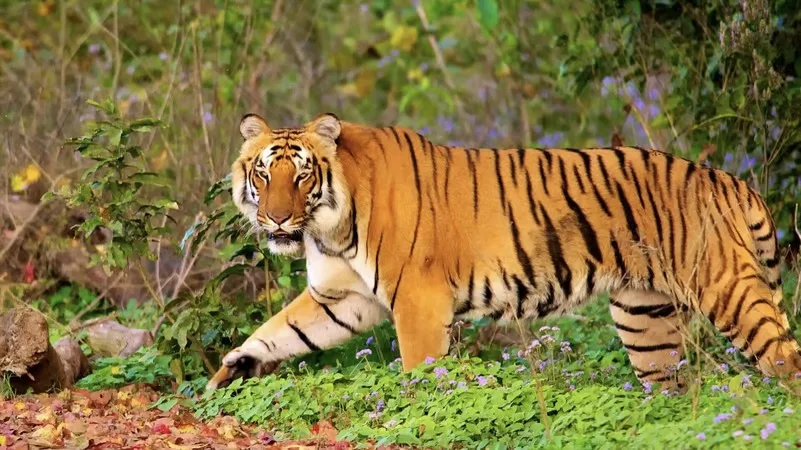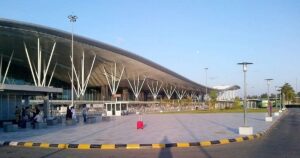Supreme Court Bans Tiger Safari in Core Areas of Jim Corbett National Park

The Supreme Court decision aims to preserve the delicate balance between tourism and ecosystem conservation in Jim Corbett National Park.
In a landmark ruling on ”Wednesday, the Supreme Court put a halt to tiger safaris in the core areas of Jim Corbett National Park, chastising the Uttarakhand government for illegal construction and deforestation, jeopardizing the region’s wildlife.”
Former Uttarakhand forest minister Harak Singh Rawat and ex-divisional forest officer Kishan Chand faced strong criticism from the court for their involvement in illicit construction and tree felling within Corbett Tiger Reserve. The court accused them of disregarding the public trust doctrine, stating, “They have thrown the public trust doctrine in the waste bin.”
The apex court further directed the Central Government to establish a committee to address environmental damage and seek compensation from those responsible. Additionally, the Central Bureau of Investigation (CBI) has been instructed to submit an interim report on their investigation within three months.
The decision comes in response to a petition filed by environmental activist and lawyer Gaurav Bansal, opposing the Uttarakhand government’s plan to build a tiger safari and zoo in the national park’s core areas. While acknowledging potential employment opportunities, the court emphasized the negative impact of establishing a safari in the core area. However, it allowed for the creation of tiger safaris in peripheral and buffer zones, subject to specific conditions.
The Supreme Court’s decision aims to strike a delicate balance between promoting tourism and preserving the sensitive ecosystems within Jim Corbett National Park.
Jim Corbett’s Core Areas Explained:
Jim Corbett National Park, part of the World Wide Fund For Nature’s Terai Arc Landscape program, aims to protect tigers, Asiatic elephants, and green-horned rhinoceros. The park encompasses 1,288.31 sq km, with 822 sq km designated as the core zone and 466.31 sq km as the buffer area, housing six wildlife safari zones.
Impact of Tourism on Locals and Wildlife:
The region’s locals heavily depend on tourism for income, with transportation, safaris, food centres, and accommodations contributing significantly. However, studies indicate that tourism infrastructure obstructs crucial tiger and elephant corridors, leading to environmental concerns. The Supreme Court has previously emphasized an “animal-centric” approach over a “tourist-centric” one in wildlife conservation efforts.
This decision ensures the preservation of Jim Corbett National Park’s unique ecosystem while considering the livelihoods of the local population.








